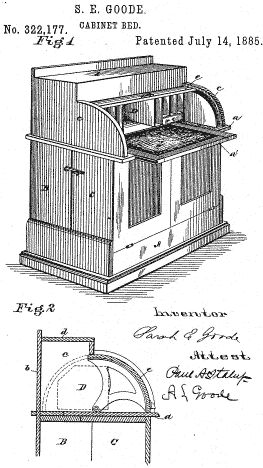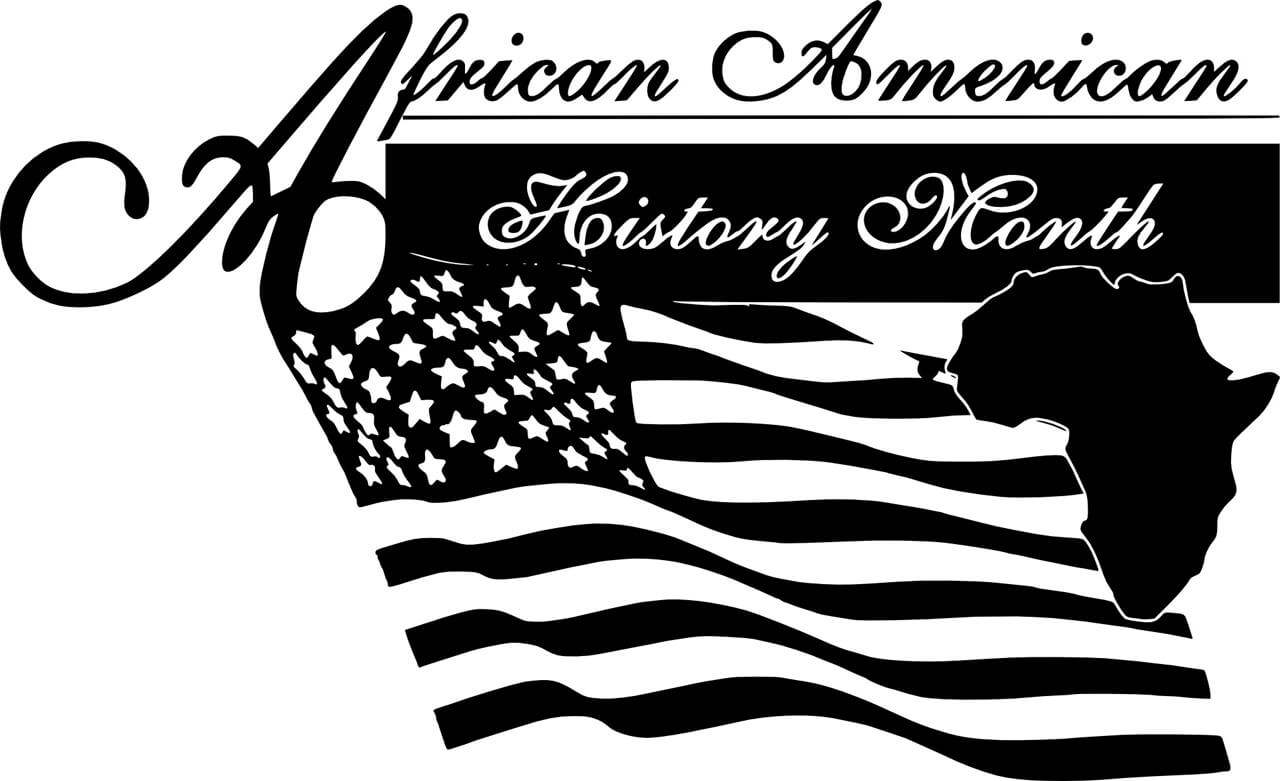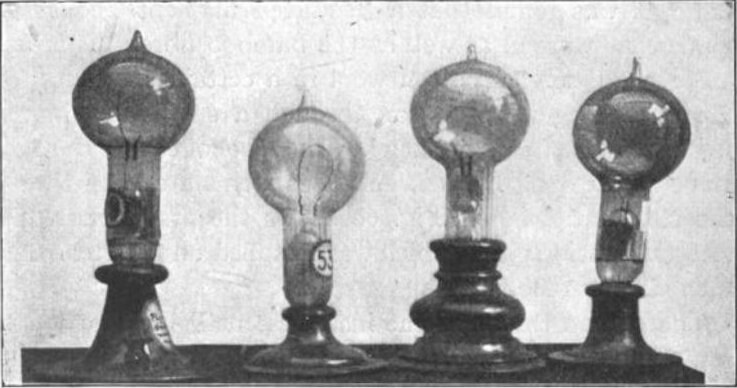February is African American History Month. In honor of this, we highlighted individuals throughout the month who overcame adversity and went on to make significant contributions to our society.
These inspirational people have taught us that we can make a difference in the world, no matter where we started out in life and regardless of where we are at now.
Lorraine Hansberry
(1930-1965)
Lorraine Hansberry had a short, yet impactful life. Before passing away of pancreatic cancer at the age of 34, she had already accomplished a lifetime worth of achievements in the theater. She was the first African American woman to produce a Broadway Play and the first African American, and the youngest American, to ever win a New York Critic’s Circle award.
Lorraine Hansberry was very talented. Her first play “A Raisin in the Sun” is considered a hallmark in American theater. It originally debuted on Broadway in 1959, and went on to win Tony Awards in 2004, and in 2014. In 1961, it was made into a Cannes Film Festival award-winning movie, and has been adapted into more recent Emmy-nominated television programs.
“A Raisin in the Sun” was inspired by the people in Lorraine’s life, including her family and classmates. In just a one generation, her family had risen to prominence. Her grandmother was a freed slave, and her father was a successful real estate broker who opened one of the first banks for African Americans in Chicago. Her father’s success brought the family a level of comfort, yet in the era of segregation opportunities for African Americans to live in wealthier neighborhoods in Chicago were limited. There were often racially restrictive covenants which prevented the sale or leasing of houses to African Americans, but Lorraine’s father found a loophole and ended up moving into a white neighborhood when she was just 8 years old. They were not welcomed. A mob of neighbors threw a brick through their window. Some of their neighbors tried to evict them by taking up a class action lawsuit to uphold their covenant. The case went all the way to the Supreme Court as Hansberry v. Lee, and the court decided that it was erroneous to allow 54% of the neighbors who supported the covenant to represent the 46% who did not, so the case could be tried in court again. In the end, after the dust had settled, 30 blocks of Chicago neighborhoods were opened up to the African American community, and it was the beginning of the end of racially restrictive covenants.
Lorraine met many influential and inspirational African Americans in her short life including W.E.B. DuBois, Langston Hughes, Paul Robeson, Duke Ellington and Olympic gold medalist Jessie Owens. She was actively involved in civil rights demonstrations, and that is how she met her husband, Robert Nemiroff, a Jewish writer who embraced her political views. They were both at a protest against racial discrimination at New York University.
Lorraine’s husband Robert, along with Burt D’Lugoff wrote a hit song called “Cindy, Oh Cindy”, which allowed Lorraine to quit working and focus on writing. This is when she wrote her masterpiece “A Raisin in the Sun”.
After the success of her first play, Lorraine crafted a second one called “The Sign in Sidney Brustein’s Window”. This play was about a Jewish intellectual, and ran on Broadway for 101 performances. It received mixed reviews, and closed on the same day that she passed away from pancreatic cancer, January 12, 1965.
Unfortunately her marriage to Robert Nemiroff had ended a few years prior to her passing, but he continued to promote her work after her death, including editing and publishing three more of her unfinished works.
Lorraine teaches us to follow our passion, and because she did, the world was enriched by her art before she left it. We don’t know how much time we have in this world; we need to make the most of the time that we have left. Lorraine Hansberry certainly did.
Sources:
https://www.chipublib.org/lorraine-hansberry-biography/
Sarah E. Goode
(1850 – 1905)
Sarah Elisabeth Jacobs was born in 1850, just 11 years before the American civil war. Officially the Republic of the United States of America was still unified, but ideologically the northern free states and southern slave-owning ones were becoming ever-more divided. In an effort to preserve the union, Congress enacted a number of legislative compromises, hoping that these Band-Aids would continue to hold the country together. One of these compromises was the “Fugitive Slave Act”, which was put into law the very same year that Sarah was born.
The Fugitive Slave Act required federal lawmen to capture, try, and return runaway slaves to their owners, even if those men and women had escaped into free states. Unfortunately, in those days, if a child was born to a slave parent, then they too were a slave. This meant that, although Sarah Jacobs had just been born in Toledo, Ohio, a free state, she was a fugitive runaway slave, because her parents were on the run as well.
By 1861 it became clear that the division in the country had grown so deep, and so wide, that no amount of compromise could ever keep it together. Summarily the country was torn asunder, and the American Civil War raged on for the next four years.
In the end, the Grand Army of the Republic prevailed and the United States government put an official end to slavery, setting Sarah and her family free. Soon after the war, her father, a carpenter, moved their family to Chicago, Illinois where Sarah met and married Archibald Goode, who, like her father, was also a carpenter.
 Sarah Goode and her husband went on to own their own furniture store, and it was here where Sarah, upon recognizing the severe space limitations of cramped inner-city apartments, set out to alleviate the problem for her customers. Her invention was a fold-away bed that converted into a functional roll-top desk when not in use. This ingenious invention allowed her customers to make their cramped city apartments feel more spacious, and was the forerunner to the modern “Murphy Bed”. Sarah Goode earned one of the very first patents ever issued to an African American woman for her design in 1885.
Sarah Goode and her husband went on to own their own furniture store, and it was here where Sarah, upon recognizing the severe space limitations of cramped inner-city apartments, set out to alleviate the problem for her customers. Her invention was a fold-away bed that converted into a functional roll-top desk when not in use. This ingenious invention allowed her customers to make their cramped city apartments feel more spacious, and was the forerunner to the modern “Murphy Bed”. Sarah Goode earned one of the very first patents ever issued to an African American woman for her design in 1885.
Little more is known about Sarah’s life after that. She certainly lived in a time of great adversity, and yet, she operated a store, achieved a patent, and developed a viable solution to a real problem that people were facing in their lives.
Sarah has shown us that our adversity need not define us. We can succeed against the odds.
Sources:
http://amsterdamnews.com/news/2016/jul/14/inventor-sarah-e-goode-first-black-woman-awarded-p/
Lewis Latimer
(1848 – 1928)
Lewis Latimer made the world a brighter place.
The youngest of four siblings, Lewis was born to runaway slave parents in 1848. After standing trial and purchasing his freedom, his father disappeared from his life in 1857, when young Lewis was just nine years old. Seven years later, Lewis joined the United States Navy, fighting for the Union in the Civil War, despite being only sixteen years of age and too young to legally enlist. It was a cause close to his heart, so he lied about his age so that he could serve his country. After the war, he would continue to be involved in civil war veterans groups like the “Grand Army of the Republic” throughout his life.
In the post-war area, he was able to obtain an entry-level position in a patent office. It was here that he observed draftsmen and taught himself the art of mechanical drawing. His aptitude and abilities impressed his employer and he was ultimately promoted to a draftsman himself, where he helped create patents including the one for Alexander Graham Bell’s telephone. He also went on to draft inventions of his own including an improved railroad car bathroom and an air conditioning unit, but his brightest idea was still yet to come.
In the late 1800’s the race for the electric light bulb was in full swing. Thomas Edison and his competitors tried a number of different filaments, but none of them could sustain an electrical current for a long period of time. The first filament which would change the world was made of carbon, and it was an invention patented by Lewis Latimer. Lewis’ invention was the missing link that Edison needed to create a viable, long-lasting replacement for gas lamps. In 1884, he went to work for, and became indispensable to Edison, and by 1890 Lewis published a book entitled Incandescent Electric Lighting: A Practical Description of the Edison System.
From humble origins, to future-altering inventor, Lewis had accomplished a lot by the time he was in his early forties. He continued working until 1922, retiring at age seventy-four.
He made other contributions to society outside of his inventions. He wrote plays and poetry, taught mechanical drawing and English to recent immigrants, and was an active member of the Unitarian Church.
Lewis Latimer lived in a time of great adversity and danger to African Americans. He endured without his father in his transformative years, survived the civil war, and ultimately went on to make the world a brighter place despite his humble origins. He showed us that our circumstances need not define our outcomes.
Sources:
Garrett Morgan
(1877 – 1963)
If you have never heard of Garrett Morgan, you have certainly benefited from his ingenuity. Garrett was born in 1877. The son of a former slave and the 7th of 11 siblings, he only had an elementary school education and some private tutoring, yet he would go on to change the world.
Garret was an inventor, and was responsible for several significant societal contributions including an improved sewing machine, a hair straightening product, and a gas mask among others. Thanks to the success of these inventions, he did well financially and was the first African American in Cleveland, Ohio to purchase an automobile. As a motorist, he witnessed an accident at a city intersection, which inspired him to invent a new and better traffic signal.

He was a member of the newly formed National Association for the Advancement of Colored People (NAACP), donated to African American colleges, opened an African American country club and even launched an African American newspaper called “The Cleveland Call”, which was later renamed to “Call and Post”, and is still in print to this day.
Garrett passed away in 1963 after a lifetime of accomplishments. His inventions improved and saved lives, and laid the foundation for advancements which we take for granted today. He worked hard, seized opportunities, and did not let adversity stop him.
Sources:
At Detroit Manufacturing Systems, we believe in unlimited human potential.
When people live with a sense of purpose, are fueled by passion, and are empowered to live out their best lives, they will change the world.
Throughout history, the African American community has generated scores of role models who teach us how to overcome adversity. They show us that although the challenges before us may appear to be unconquerable barriers– even the mightiest of walls can be overcome with the right tools, and with enough determination.
DMS’ G.I.F.T.E.D.and R.I.C.H. principles are examples of tools which help us to overcome adversity. They help us to break down barriers between each other, and to enrich the cultural soil so that we can grow into our best selves:
- Gratitude
- Integrity
- Fun
- Teamwork
- Excellence
- Diversity
- Respect
- Innovation
- Commitment
- Humility
Yet these tools alone will not propel us to greatness any more than a wrench alone will build a car. We must choose to take action, to turn the wrench, and build a better world. DMS is a place where you can choose to build a better life, to embrace opportunities, to obtain an education and to learn skills that will empower you on your journey to becoming your best self. Though some of us may have had a rough start, we cannot allow our circumstances to limit our potential.


